On 29 November this year, the Julian Dunajewski Society of Economists and Entrepreneurs organized an exhibition in Łódź entitled „Architecture of large Poland”, devoted to the visions of urban planning and spatial improvement in publications of the national camp from 1905 to 1945. The exhibition was accompanied by readings by Dr. Michał Dominikak, Dr. Tomasz Greniuch and ed. Arkadiusz Mika.
Dr hab spoke first. Michał Dominikak, erstwhile Architect of the City of Zgierz and the City Monument Conservationist in Łódź. At the outset, the talker noted that issues related to architecture and spatial planning are frequently underestimated and overlooked in public discourse. This is simply a mistake due to the fact that the improvement of public space and the preservation of architectural order is of a multigenerational nature. Architects and urban planners, as well as publicists dealing with this issue in the period of the interwar period, saw the importance of this problem. Many of them were politically linked to a widely understood national camp, specified as: Jan Poliński, Jerzy Szeptyckiwhether Wojciech Jakimovich. The life and career achievements mentioned above Dr. Tomasz Grenich – historian, previously associated with the Institute of National Memory.
Speakers stressed that the issues related to architectural concepts and spatial planning were addressed by the press related to National Party, ABC National extremist Camp and Falang's National extremist Movement (including “ABC‘, ‘Straight from the Bridge‘, ‘The Young Movement” or “Cultural MovementIt is not known whether or not you are taking advantage of me. The concepts of architects of the young generation showed criticism of imitation of abroad architectural designs and eclecticism, as well as the drive to make a national kind in architecture. specified trends had already existed, which was associated with the emergence of the alleged Zakopane style, whose advocate was a well-known publicist and activist associated with the national camp Jan Gwalbert Pawlikowski. In the national and national-radical press, different concepts and trends clashed – on the 1 hand, it was a drive to deurbanise and disperse architectural forms, as advocated by journalists associated with ONR ABC and partially with the National organization and, on the another hand, a decision towards building concentration and, above all, the improvement of large-town buildings, as Falanga was aiming for. Importantly, this was not an obstacle to common cooperation and the improvement of fresh architectural concepts.
The final part of the gathering was devoted to issues beyond the issues of architecture and spatial planning, concerning culture and art in national-radical publications from 1934 to 1945. This subject was referred by a celebrated publicist and investigator of the past of the national camp. Arkadius Miksa. The talker emphasized that no of the Polish political thoughts of the interwar period and planet War II have concentrated so many prominent artists in their ranks as a national camp. They sympathized with this trend over different periods of time: Władysław Reymont, Jan Kasprowicz, Karol Hubert Rostrowski, Konstanty Ildefons Gałczyński, Makushinski Cornnelwhether Adolf Nowaczyński. National and national-radical divers placed large importance on shaping collective awareness through cultural activities. For example, the weekly magazine “Straight from the Bridge” edited by Stanisław Piasecki. It featured writers and poets of this measurement as: Konstanty Ildefons Gałczyński, Karol Irzykowski, Jan Dobraczyński, Teodor Parnicki, Alfred Łaszowskiwhether Bolesław Miciński. The “Simple from the Bridge” was besides hosted by acclaimed authors not necessarily connected with the national stream, specified as Witold Gombrowiczwhether Zofia Nałkowska, which may have shown the popularity of this magazine and the openness to exchange views with different environments. The weekbook besides made it available to young creators, specified as the Łódź poet – a individual Konstanty Dobrzyńskiwho died at the beginning of the September campaign. In the following part, the talker discussed the literary achievements of the creators from the weekly ellipse "Art and Nation” specified as: Tadeusz Gajcy, Andrzej Trzebiński, Zdzisław Stroński, Wacław Bojarskand, Vladimir Pietrzak. The composer was besides associated with this environment Bronisław Onufry Kopczyński. It is worth noting that SiN's leading representatives were activists or RNR Falanga sympathizers before the war, which is frequently overlooked. Almost everyone didn't make it to the end of the war.
The exhibition “Architecture of large Poland” was met with a lively interest of the guests, despite the fact that the issues discussed were alternatively niche. All the more thanks to the organizers of this event, including Dr. Michał Dominczak from the method University of Lodz. We should hope that akin meetings will besides be held in the future.
Michał Radzikowski

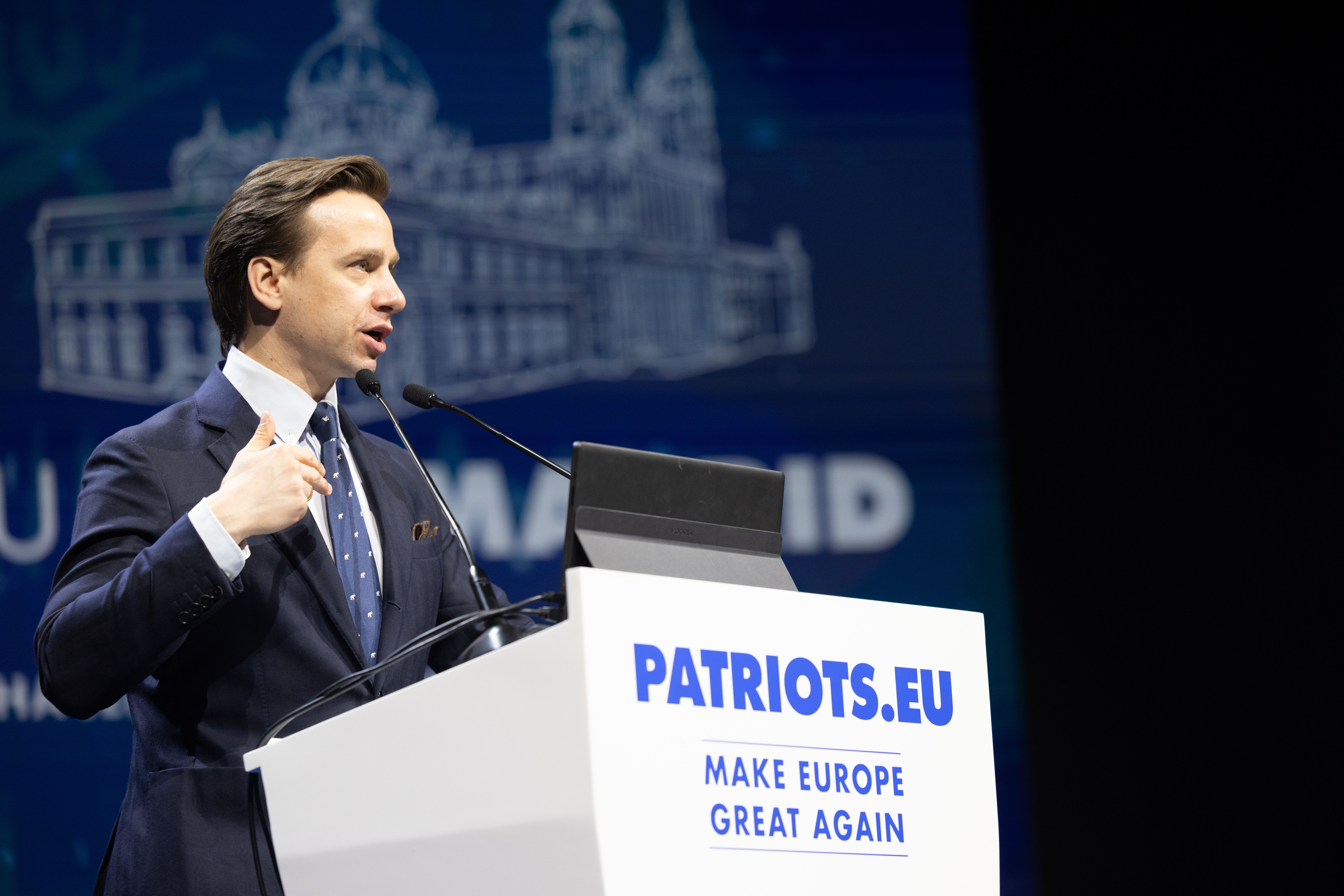
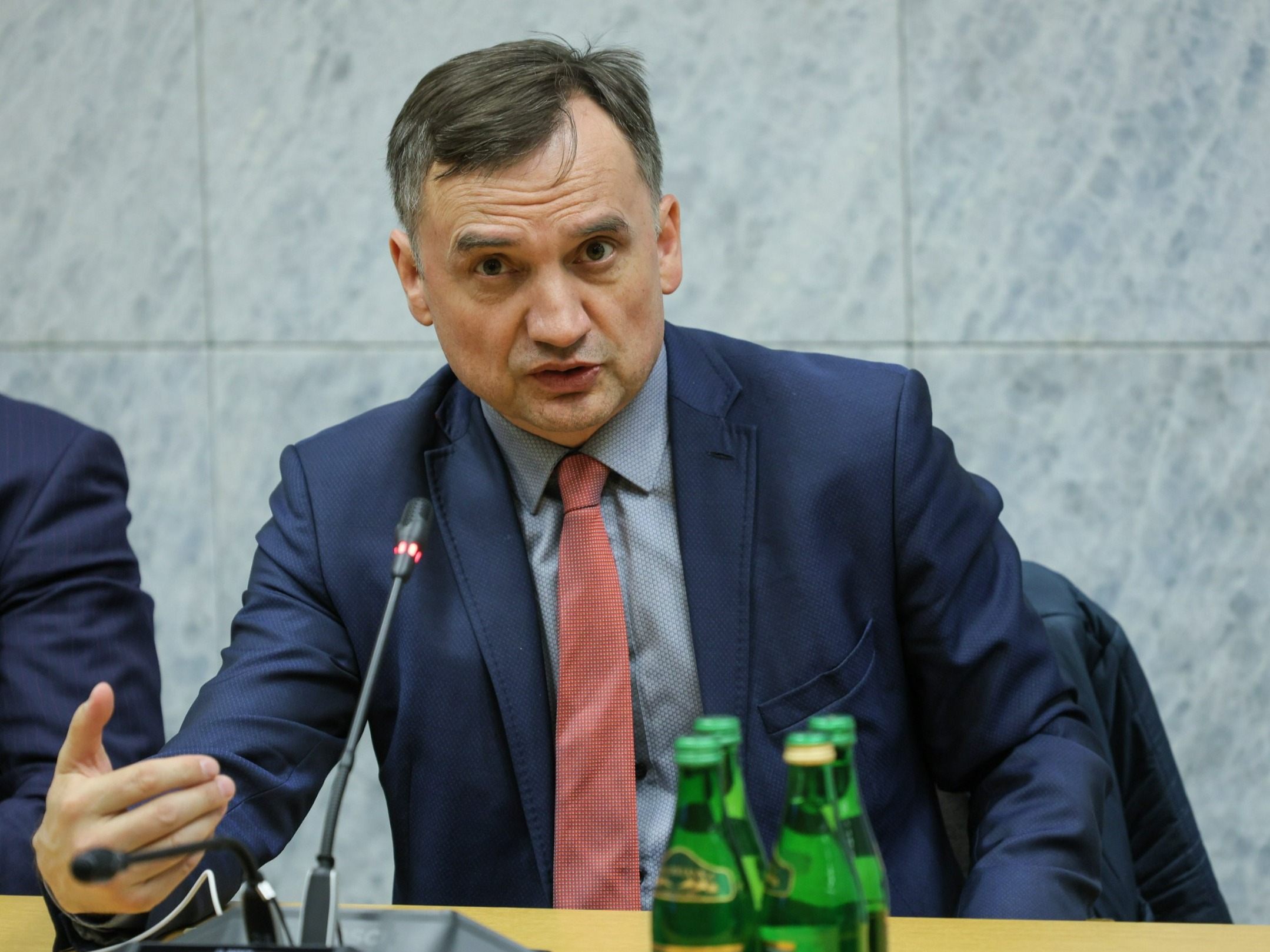
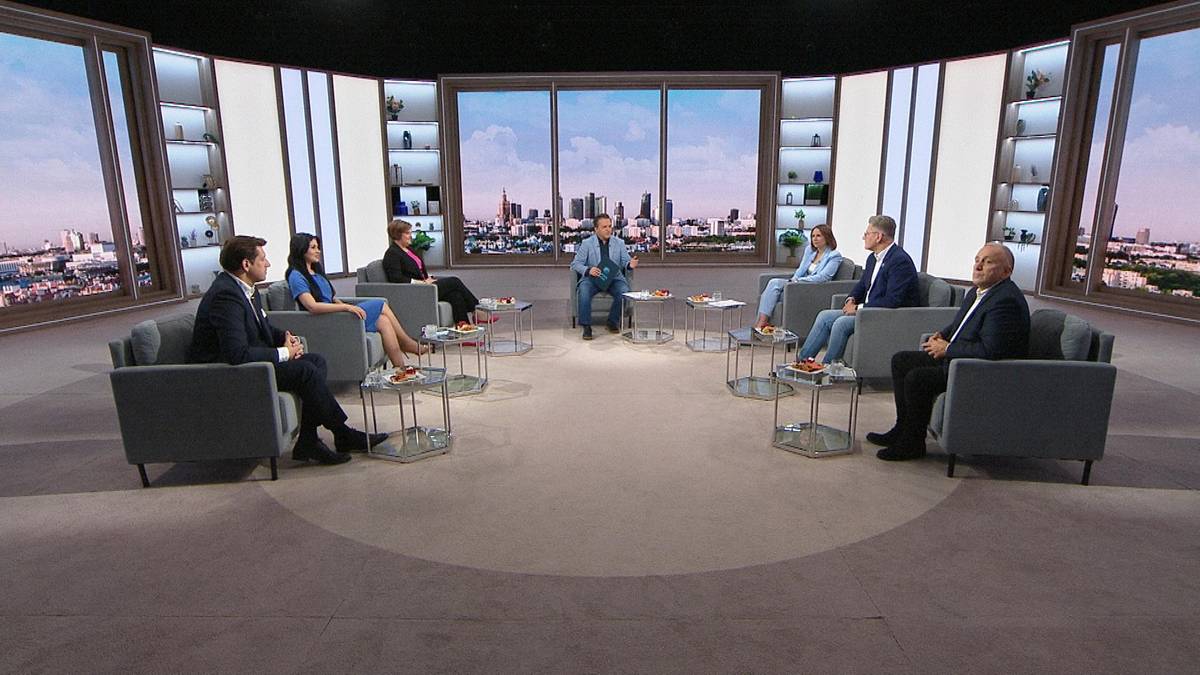

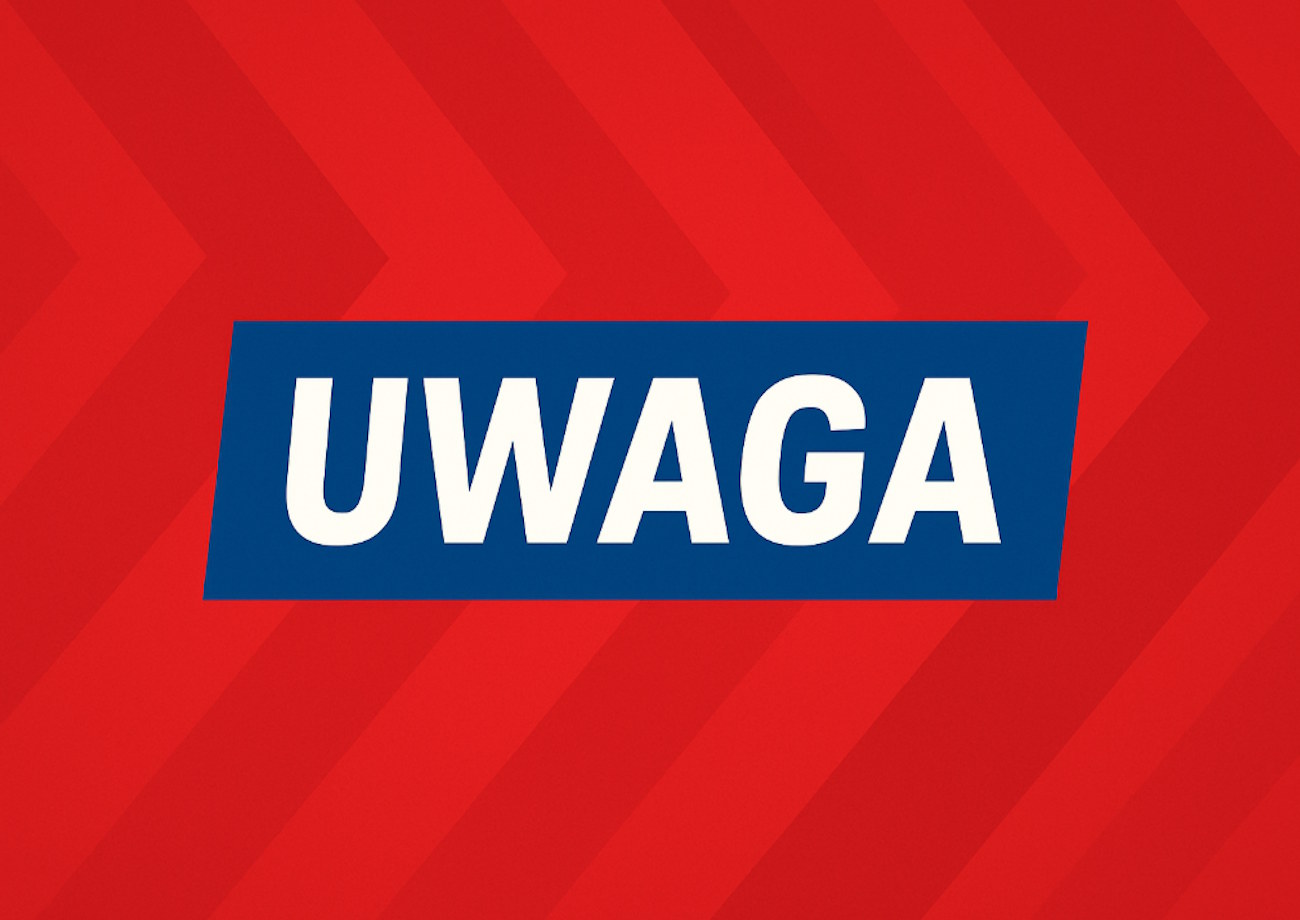
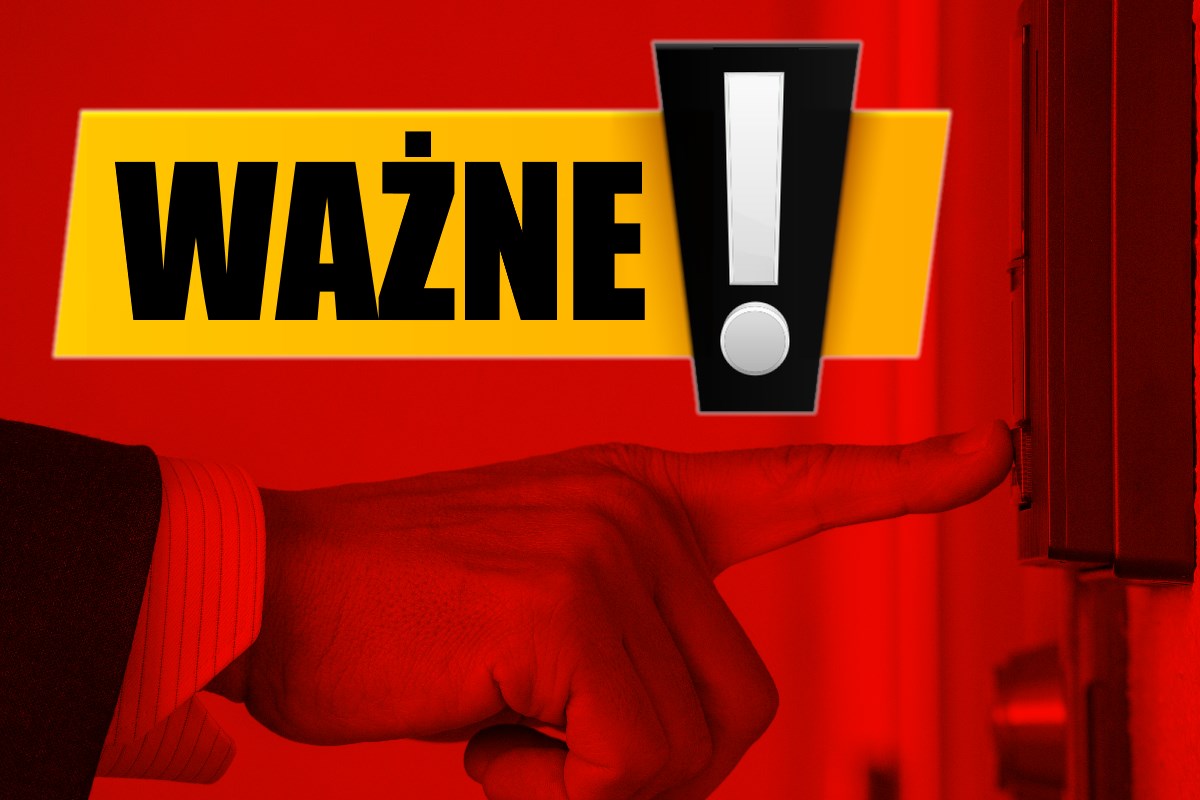

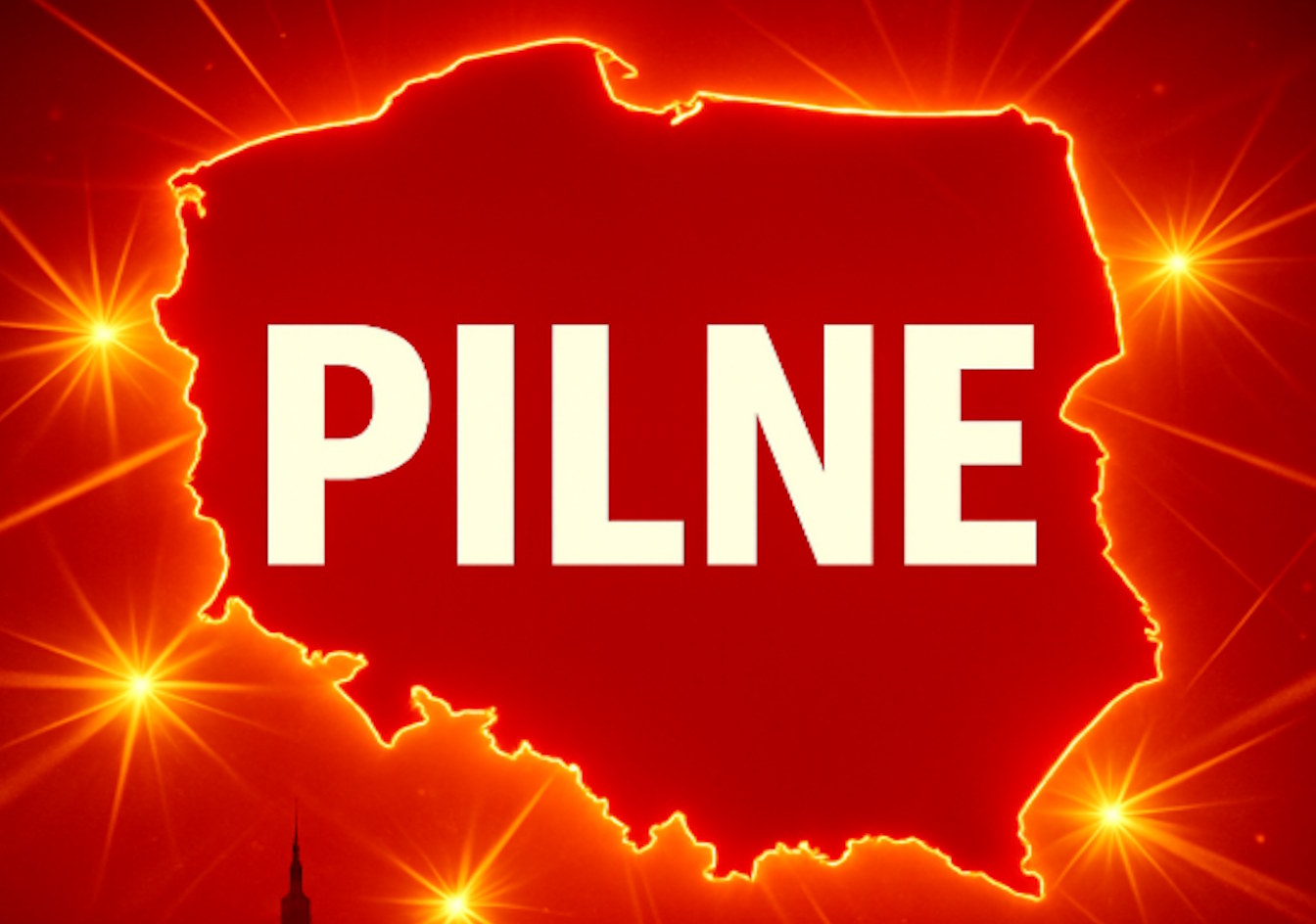

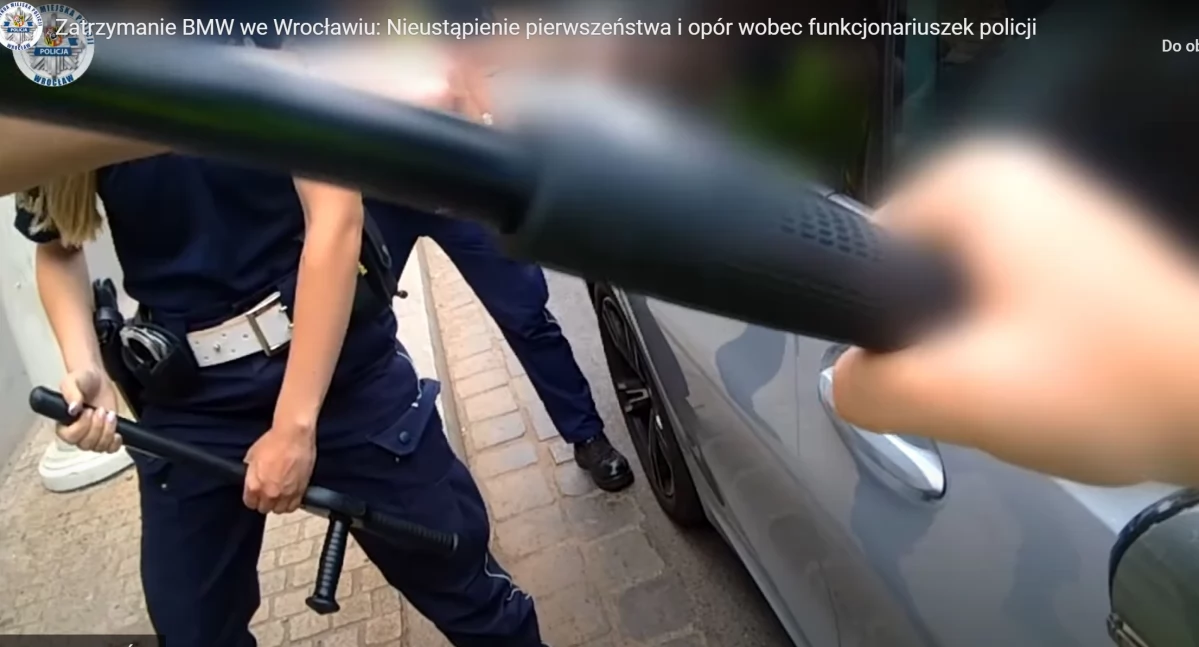
![Nie współpracowała podczas kontroli i gwałtownie pożałowała. Policjantki wybiły szybę samochodu i wyciągnęły ją siłą [WIDEO]](http://www.radiowroclaw.pl/img/articles/152377/Ge7xpiv1Wc.jpg)